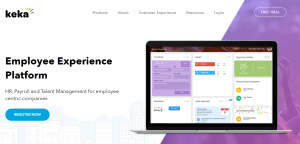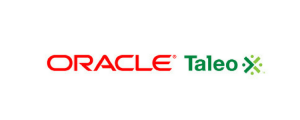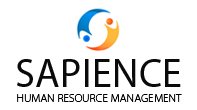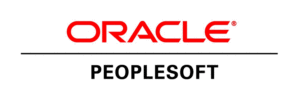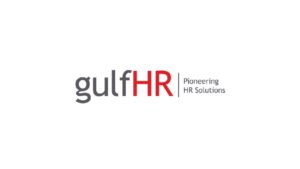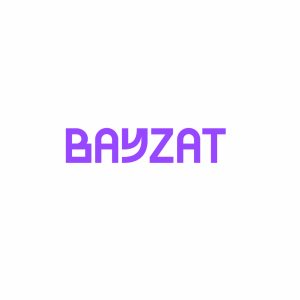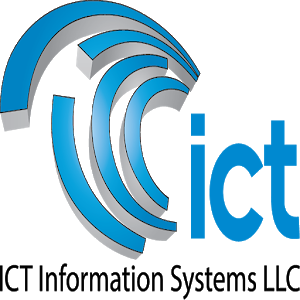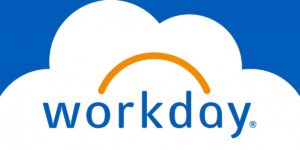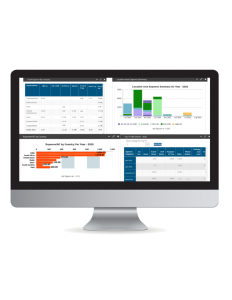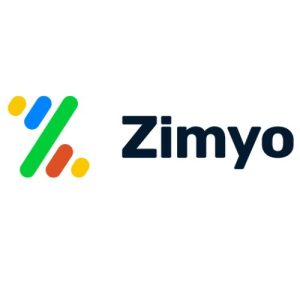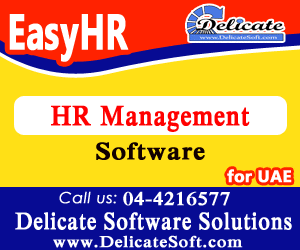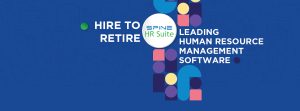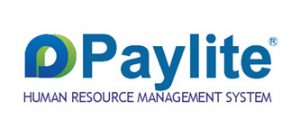The term HR solution refers to all the technology businesses use to manage and organize personnel in an organization. It includes an assorted and varied set of features and functions for employee management and reporting. It also provides a digital portal for storing, accessing, processing and editing information about employees and may also branch out beyond basic human resources and include functionality for payroll, talent management, time and attendance, business intelligence reporting and various other sectors.
Often small businesses use the informal approach of an HR software solution which may consist of a few spreadsheets and some paperwork stashed in a filing cabinet. Though this way may have worked in the very beginning, it very quickly turns out to be a terrible nightmare as the business grows, consuming valuable time in low-value organizational tasks. In 2013, an OfficeMax survey found that small business owners were wasting more than four billion hours per annum on administration, with 41% of them agreeing to this sapping their passion and energy for running the companies.
Investing in a decent HR software solution helps organize and manage the administrative work and handles common HR tasks including recruitment processing, recordkeeping, payroll, and employee attendance and performance management. With very low prices, this is an investment which is the need of the hour especially for small but growing businesses as this investment pays off quickly by saving quite a few hours of your valuable time.
Some of the key features to look for in an HR Software for Small Businesses includes Employee record-keeping, self-service options for employees, benefits for the administration, recruitment, onboarding for new employees, succession planning, training, performance reviews and reporting, time and attendance, communication as well as mobile access.
Obviously, there’s quite a range of features available, but the more complete solutions are often costlier, so shortlisting the features required and then deciding on the required software is very necessary. The key questions to ask in this process is the worth of your time to the money invested in the software. If you’re spending hours every month on recruitment processing, then the recruitment module will save a lot of time and become a must, while other features may not have such a direct payoff but they still could be valuable.
Think of your as well as your employee’s way of working, then decide on the features needed for sure. Narrow down the choices to two or three, take them for a test drive: poke around the dashboards and settings, decide which features you like, which interfaces are easiest to use, and so on and finally decide on the software which fits the best for the business.
Best HRIS Systems for Midsize Companies
Widget not in any sidebars

